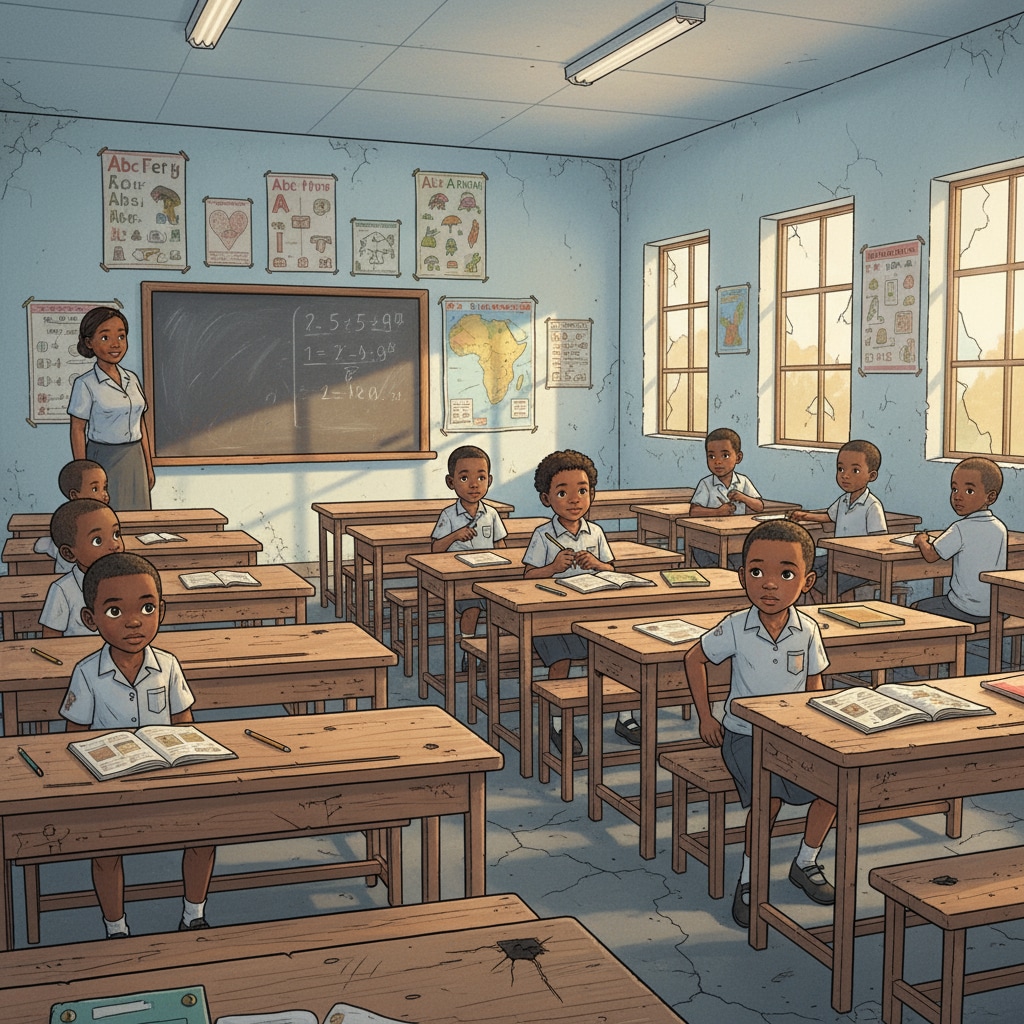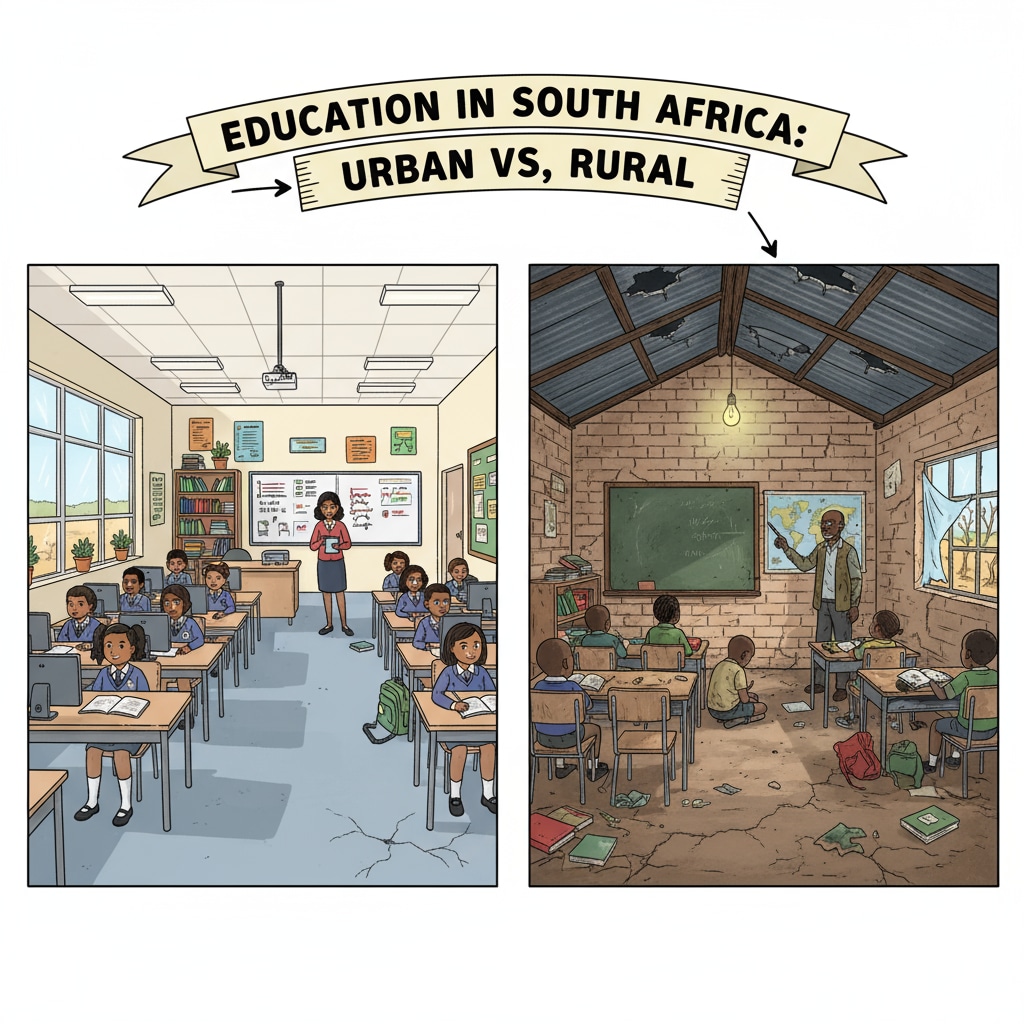Educational inequality, resource gap, and educational reform are critical issues plaguing South Africa’s K12 education system. Despite efforts to improve, significant disparities still exist, hindering the potential of countless students.

The Stark Reality of Educational Inequality
In South Africa, the K12 education system presents a tale of two extremes. Wealthy schools in urban areas are equipped with state – of – the – art facilities, highly qualified teachers, and a wide range of extracurricular activities. On the other hand, schools in rural and disadvantaged areas often lack basic resources such as textbooks, clean water, and proper sanitation. According to Wikipedia’s page on Education in South Africa, this inequality is deeply rooted in historical, social, and economic factors. The legacy of apartheid has left a lasting impact, with certain communities being systematically disadvantaged in terms of educational opportunities.

The Resource Gap Dilemma
The resource gap is a major contributor to educational inequality. Urban schools receive more funding, both from the government and private sources, allowing them to invest in modern teaching materials, advanced technology, and professional development for teachers. In contrast, rural schools struggle to afford even the most basic supplies. For example, many rural schools have limited access to computers, which are essential in today’s digital age. This lack of resources not only affects the quality of education but also the motivation of students and teachers. As a result, students in disadvantaged schools are at a significant disadvantage when it comes to competing in the global job market. Britannica’s entry on education in South Africa also highlights the severity of this resource gap.
Another aspect of the resource gap is the teacher shortage in rural areas. Due to the poor working conditions and low salaries, many qualified teachers prefer to work in urban areas. This leaves rural schools with a high proportion of unqualified or inexperienced teachers, further widening the educational gap between different regions.
To address these issues, significant educational reform is needed. Firstly, the government should re – evaluate its funding distribution model to ensure a more equitable allocation of resources. This could involve setting up targeted programs to direct more funds to rural and disadvantaged schools. Secondly, efforts should be made to attract and retain teachers in rural areas. This could include providing financial incentives, better housing, and professional development opportunities.
Readability guidance: We have used short paragraphs to clearly present the issues. The lists help to summarize key points. Transition words like ‘on the other hand’, ‘for example’, and ‘as a result’ are used to enhance the flow of the text. The passive语态 is kept to a minimum, and H2 headings are used to structure the content around different aspects of educational inequality, resource gap, and reform.


